Tesla to finally unlock 500kW V4 Supercharger capability. Here’s why it won’t benefit Tesla owners…
Tesla says it will upgrade its next-generation V4 Superchargers in 2025 to allow them to deliver the 500kW DC charging they were designed for.
That’s more than any other charger currently in Australia, with the maximum on offer today at a still-impressive 350kW.
That industry-leading charge power can be boosted to an incredible 1.2MW refill if you happen to drive a Tesla Semi truck.
READ MORE: Mystery solved: Exactly how much power your Tesla Model 3 and Model Y produces
READ MORE: Tesla begins unlocking Supercharger sites for all EVs
READ MORE: Charging a Tesla Model Y at a new V3 Supercharger
READ MORE: Solving EV’s most annoying problem: Tesla Supercharger network to start charging owners more for those who charge above 90 per cent at peak times in USA
But there’s a huge catch if you drive a more popular Tesla Model 3 or Model Y SUV.
Instead of being treated to faster charging, a DC top-up from a V4 Supercharger will remain pegged at the 250kW it’s been limited to since the V4 charging cabinets were introduced last year.
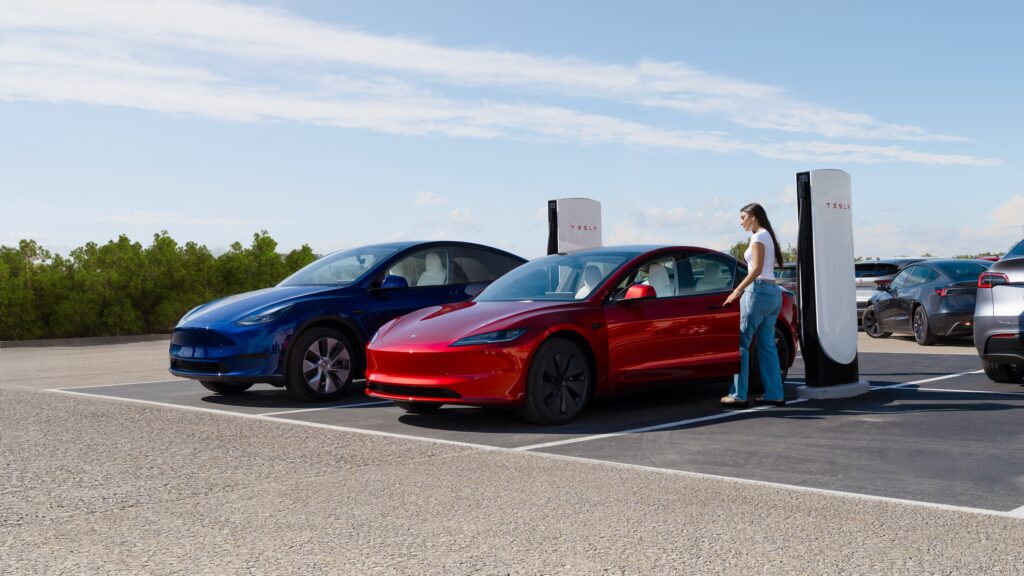
Instead, the only people who will benefit from the ultra-fast refills will be owners of the Cybertruck currently not sold in Australia – and drivers of non-Tesla vehicles, such as Porsche and Audi (in 2023 Tesla start unlocking Superchargers to allow them to be used by non-Tesla EVs).
That’s because the facelifted Tesla Model 3 and the current Model Y rely on a 400-volt electrical architecture that only allows for top-up of up to 250kW (Rear-Wheel Drive models are limited to 170kW).
The V4 Superchargers, meanwhile, can now support architectures from 400-volts to up to 1000W, allowing cars such as the latest Porsche Taycan to be charged at up to 320kW. The upcoming Porsche 718 EV sports car is expected to use a 900V electrical architecture, as previewed in the Mission R race car.
Until the upgrades the latest V4 were limited to a 480-volt charge.
At least there’s other benefits of the latest updated V4 chargers that include physical payment terminals, longer cords and CCS connectors, with each cabinet able to power up to 8 stalls each.
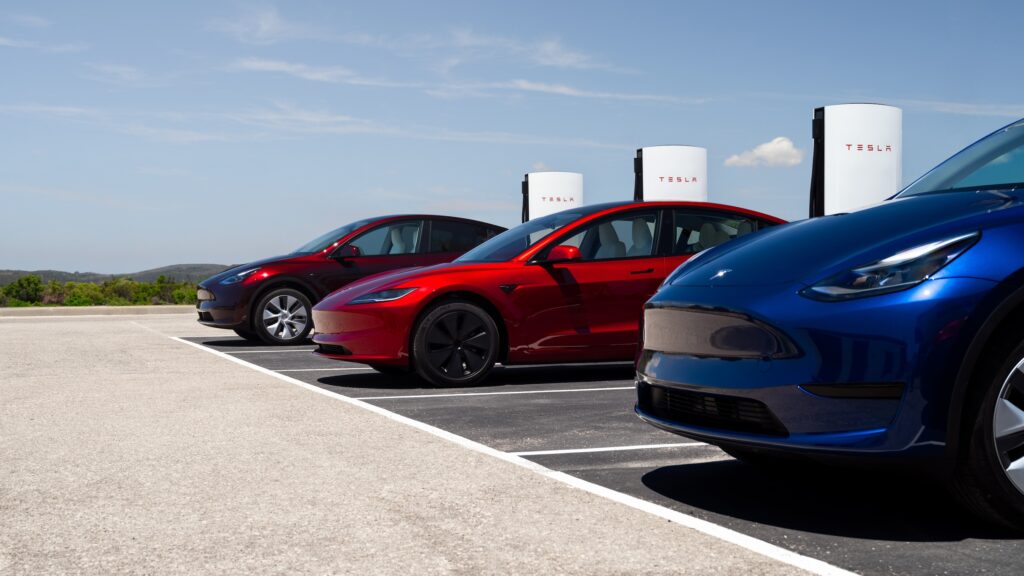
Back in the US, if you drive a Cybertruck charging times are said to fall as much as 30 per cent, although it is still not confirmed if the outlandish angular truck will meet Australian Design Rules (ADRs), meaning that Tesla fans will have to wait until the next-generation vehicles to come anywhere close to the V4’s maximum 500kW top-up.
Tesla has yet to announced when Australian-driving owners of high-voltage EVs capable of charging at over 250kW (Porsche is the main one; Hyundai and Kia often claim 350kW, but the cars top out at about 240kW) will be able to take advantage of its new high-voltage faster chargers Down Under.

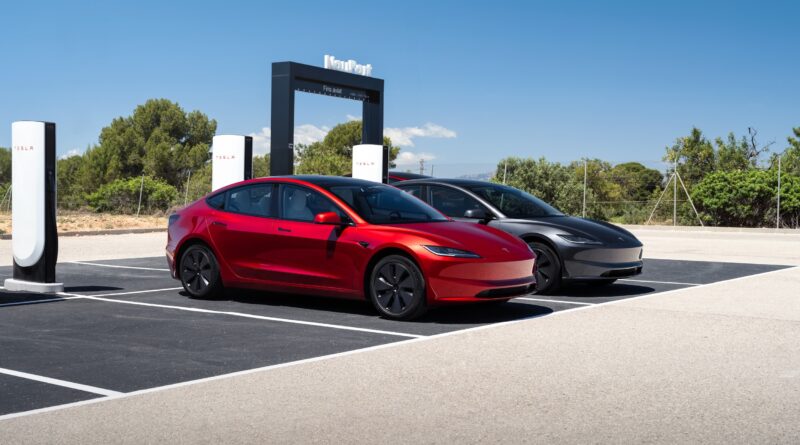
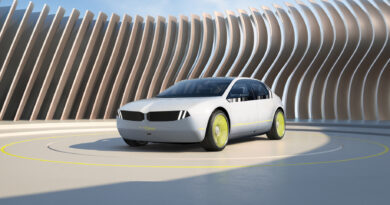
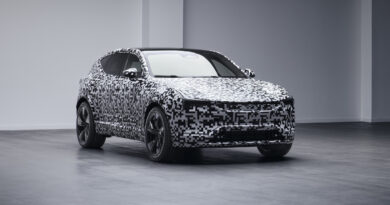
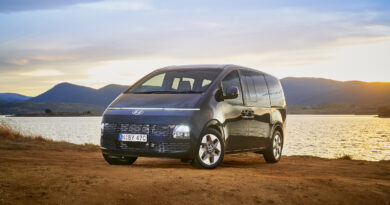
Sorry, not a comment as much as a question, are the V4 faster chargers hard on charging The batteries so fast on the model y or other Teslas if not going over 80%?